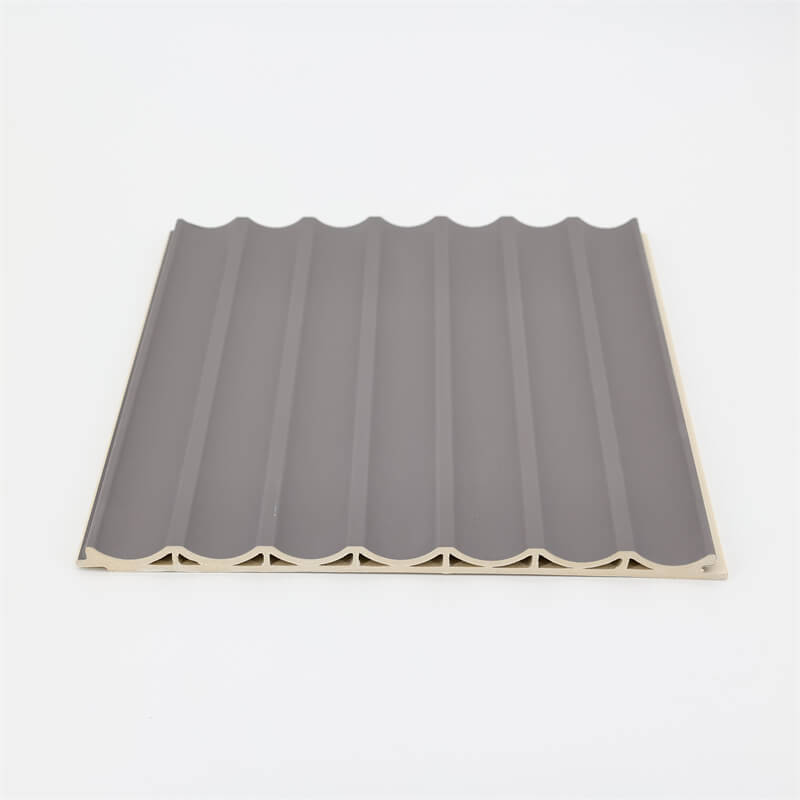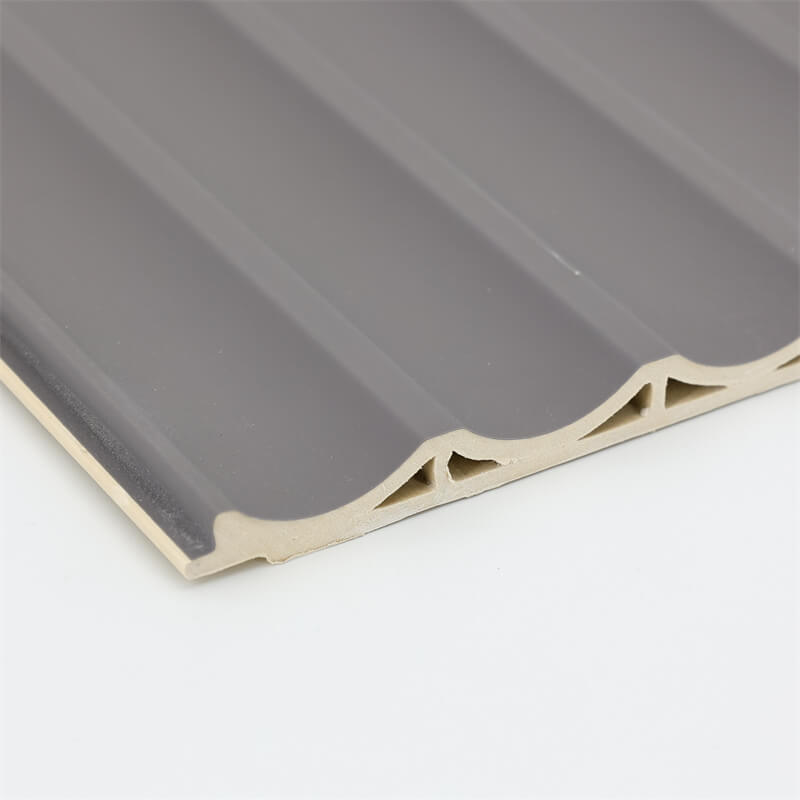
Wood-Plastic Composite (WPC) panels have gained significant popularity in various industries, including construction and interior design, due to their durability, sustainability, and versatility.
To fully appreciate the benefits of WPC panels, it is essential to understand the manufacturing process behind this innovative material.
In this article, we will delve into the manufacturing process of WPC panels, exploring the key steps involved, the materials used, and the factors that contribute to their exceptional qualities.
I. Material Selection and Preparation
The first step in manufacturing WPC panels is the careful selection and preparation of the raw materials.
WPC panels typically consist of a mixture of wood fibers or flour and thermoplastics, such as polyethylene (PE), polypropylene (PP), or polyvinyl chloride (PVC).
The wood component can be derived from various sources, including recycled wood fibers, sawdust, or agricultural by-products, while the thermoplastics are often sourced from recycled plastics.
The wood fibers or flour are carefully processed to achieve the desired particle size and uniformity.
This can involve grinding, sieving, and drying the wood material to remove moisture and ensure optimal compatibility with the thermoplastics.
The thermoplastics are also processed to remove impurities and achieve a consistent quality for use in the WPC panel manufacturing process.

II. Blending and Extrusion
Once the raw materials are prepared, they are blended together in precise proportions.
The blending process involves combining the wood fibers or flour with the thermoplastics in a mixing machine.
This step ensures the uniform distribution of the wood and plastic components throughout the mixture, resulting in a consistent and homogenous material.
After blending, the mixture is fed into an extrusion machine.
The extrusion process involves heating the mixture to a molten state and passing it through a specially designed die.
The die imparts the desired shape and dimensions to the WPC panels.
Depending on the intended application, the extrusion process can produce panels of various sizes and profiles, including solid panels, hollow profiles, or specialized shapes.
During extrusion, additional additives may be incorporated into the mixture to enhance the performance of the WPC panels.
These additives can include UV stabilizers to protect against sun damage, colorants for aesthetic purposes, flame retardants for increased safety,
and coupling agents to improve the bond between the wood fibers and thermoplastics.
III. Cooling and Post-Processing
Once the extruded WPC panels have taken shape, they are rapidly cooled to solidify the material and maintain its intended dimensions.
This is typically achieved using a cooling bath or a water spray system.
The cooling process is crucial to ensure dimensional stability and prevent warping or distortion of the panels.
After cooling, the WPC panels undergo post-processing treatments to refine their surface finish and further enhance their properties.
This can include sanding or brushing to achieve a smooth texture, embossing to add patterns or textures, or co-extrusion to create a protective layer on the surface of the panels.

IV. Finishing and Quality Control
The final step in the manufacturing process of WPC panels involves finishing and quality control.
The panels are inspected to ensure they meet the specified standards in terms of dimensions, surface finish, and overall quality.
Any defects or imperfections are identified and rectified before the panels are ready for distribution.
Finishing treatments, such as edge trimming and surface sealing, may also be applied to the WPC panels to further enhance their aesthetics and performance.
These treatments can provide additional protection against moisture, UV radiation, or staining, depending on the specific requirements of the application.
Throughout the manufacturing process, quality control measures are implemented to monitor and maintain the consistency and performance of the WPC panels.
This includes testing the physical properties, such as strength, flexibility, and resistance to impact, as well as conducting tests for fire resistance, moisture absorption, and colorfastness.
The manufacturing process of WPC panels combines the advantages of wood fibers or flour with thermoplastics to create a durable, sustainable, and versatile material.
By carefully selecting and preparing the raw materials, blending and extruding them into the desired shapes, and implementing post-processing treatments,
manufacturers are able to produce high-quality WPC panels that meet the demands of various industries.
Understanding the manufacturing process of WPC panels allows us to appreciate the careful consideration and technological expertise that goes into creating this innovative material.
From its raw material selection to its finishing touches, the process ensures that WPC panels possess exceptional qualities, making them a popular choice for construction, interior design, and other applications.
